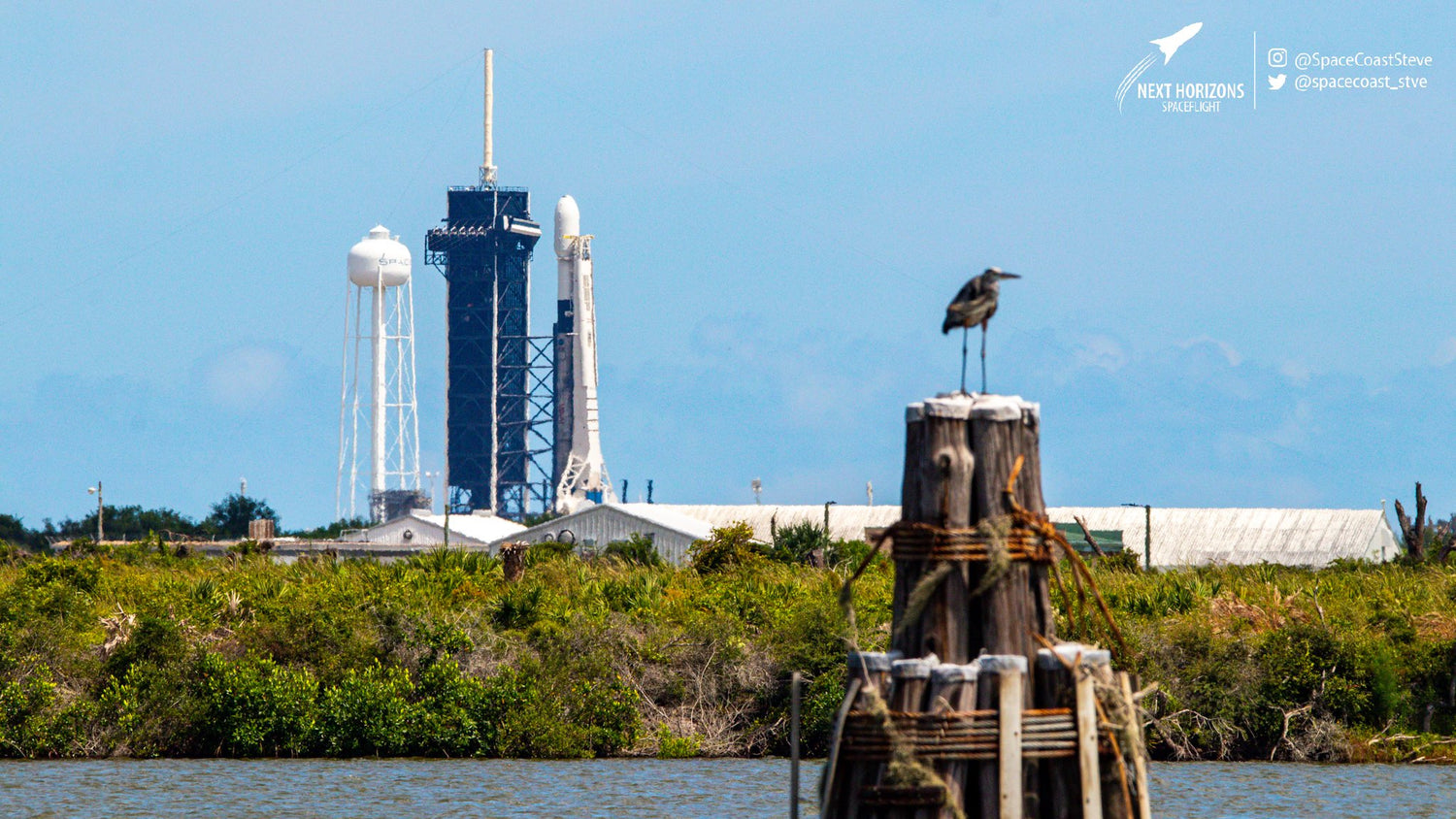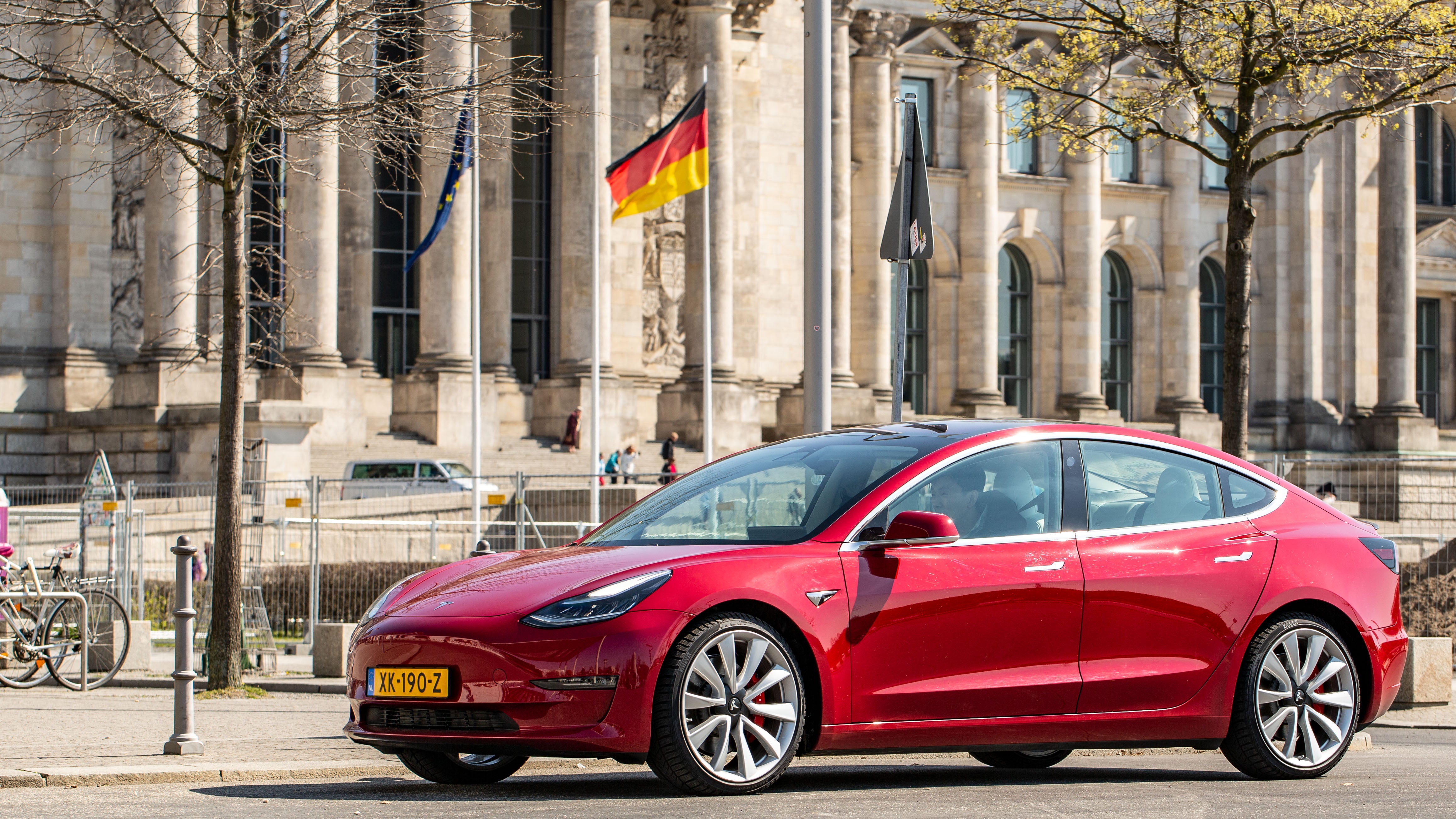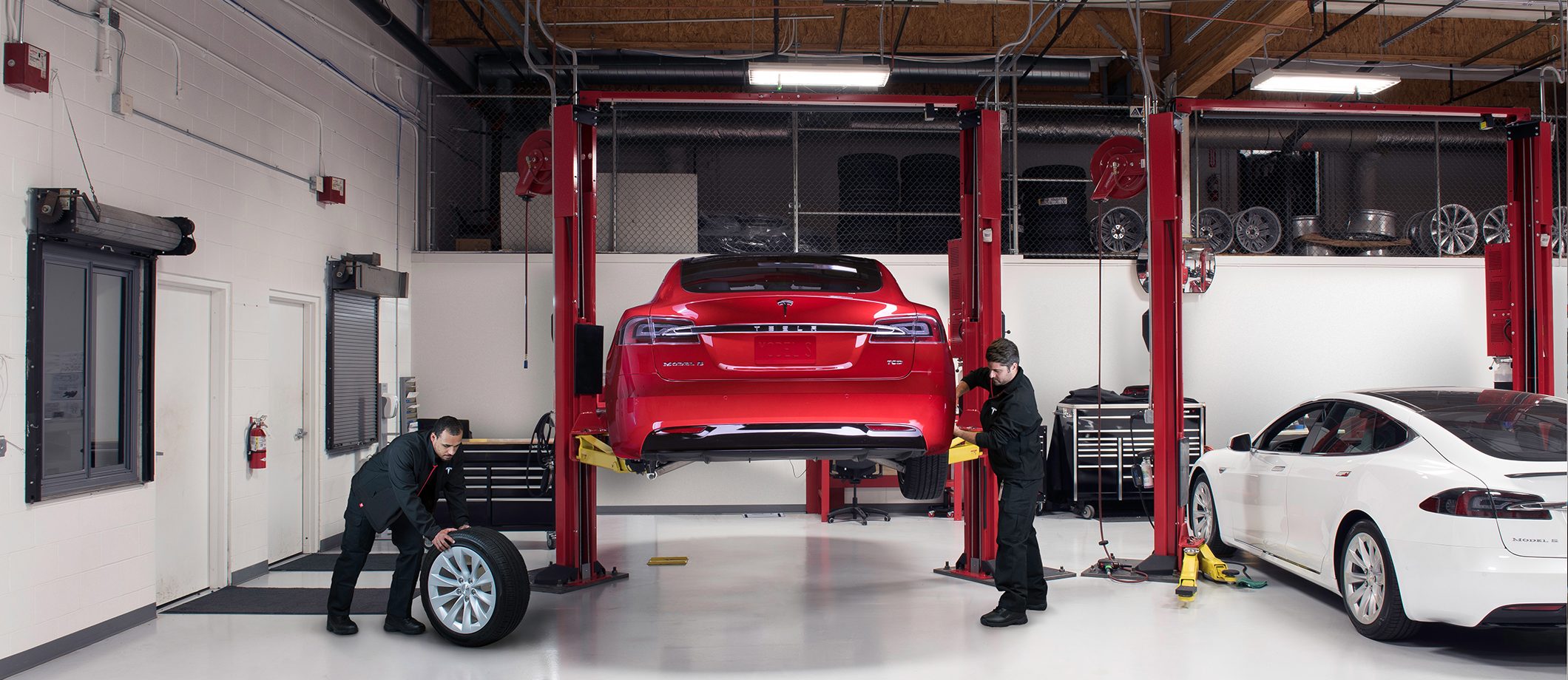Featured Image Source: @spacecoast_stve via Twitter
SpaceX aims to provide Starlink internet service in northern portions of the United States and Canada before this year ends. The aerospace company has been deploying fleets of internet-beaming satellites about twice per month atop previously flown Falcon 9 rockets that can carry 60 satellites. To date, SpaceX has deployed 708 satellites into low Earth orbit where they will operate at an altitude of around 550-kilometers. Company officials state Starlink will offer low latency, high-speed internet in rural areas across Earth, where the internet is unreliable or inaccessible. SpaceX employees are currently testing the Starlink network, it has demonstrated fast internet with download speeds greater than 100 Megabits per second and latency below 30-milliseconds.
SpaceX was scheduled to launch the thirteenth fleet of 60 Starlink satellites today at 2:17 p.m. Eastern Time, around twenty minutes ahead of liftoff, the company announced – “Standing down from today's Starlink launch due to recovery issue; vehicle and payload remain healthy. Next launch opportunity is tomorrow, September 18 at 1:57 p.m. EDT, but we are keeping an eye on weather.”
Standing down from today's Starlink launch due to recovery issue; vehicle and payload remain healthy. Next launch opportunity is tomorrow, September 18 at 1:57 p.m. EDT, but we are keeping an eye on weather
— SpaceX (@SpaceX) September 17, 2020
If weather is favorable, the twice-flown Falcon 9 rocket will now liftoff tomorrow afternoon from Launch Complex 39A at NASA’s Kennedy Space Center in Cape Canaveral, Florida. The mission will be Livestreamed in the video below. The United States Space Force 45th Weather Squadron predicts 70% unfavorable weather conditions for Friday, which could affect the schedule.
SpaceX did not specify if the mission’s delay was weather-related. Though, delaying the launch “due to recovery issues” suggests that one of the recovery vessels that recovers Falcon 9’s fairing or booster might be facing issues related to ocean conditions or other issues.
Weather must be favorable at sea in order to recover the Falcon 9 rocket’s first-stage booster as it returns from space to conduct a vertical landing on an autonomous droneship. The Just Read The Instructions droneship was awaiting at sea to recover Falcon 9 today, also two twin recovery ships Ms. Tree and Ms. Chief that are tasked with catching the rocket’s payload fairing on giant nets as it falls from space. SpaceX developed this launch recovery system to reduce the cost of spaceflight.
Ms. Tree captured diverting to the Port of Morehead City yesterday. The ship is still there now. https://t.co/SapSuN4okU
— Gavin - SpaceXFleet.com (@SpaceXFleet) September 17, 2020
The Falcon 9 that will propel the thirteenth fleet of Starlink satellites to orbit is a historic rocket booster (production number B1058) that launched SpaceX’s first astronaut crew to the International Space Station aboard the Crew Dragon spacecraft in May. Then, the same booster propelled the South Korean ANASIS-II satellite to orbit in June.
Falcon 9 stands ready to launch the 13th batch of #Starlink satellites from LC-39A at Kennedy Space Center.
— Stephen Marr (@spacecoast_stve) September 17, 2020
This is the 3rd flight for booster B1058, which famously launched Bob Behnken and Doug Hurley to the ISS back in May for NASA’s Commercial Crew Program.
🚀- 2:19pm EDT pic.twitter.com/sN7iAVl6V4
Rocket reusability is quite new; SpaceX introduced the innovation to the aerospace industry. To date, the company has recovered around 59 orbital-class rockets, out of those over ten have conducted multiple flights. The most a particular booster has flown is 6 times. Engineers home to fly each at least 10 times. A flight aboard a new Falcon 9 rocket costs approximately $62 million. The first-stage booster that SpaceX recovers makes up about 60% of the total cost of the rocket, around $37.2 million. So, ensuring recovery conditions are favorable is vital because recovering Falcon 9’s first-stage to reuse is crucial to significantly reduce manufacturing and operation costs.









